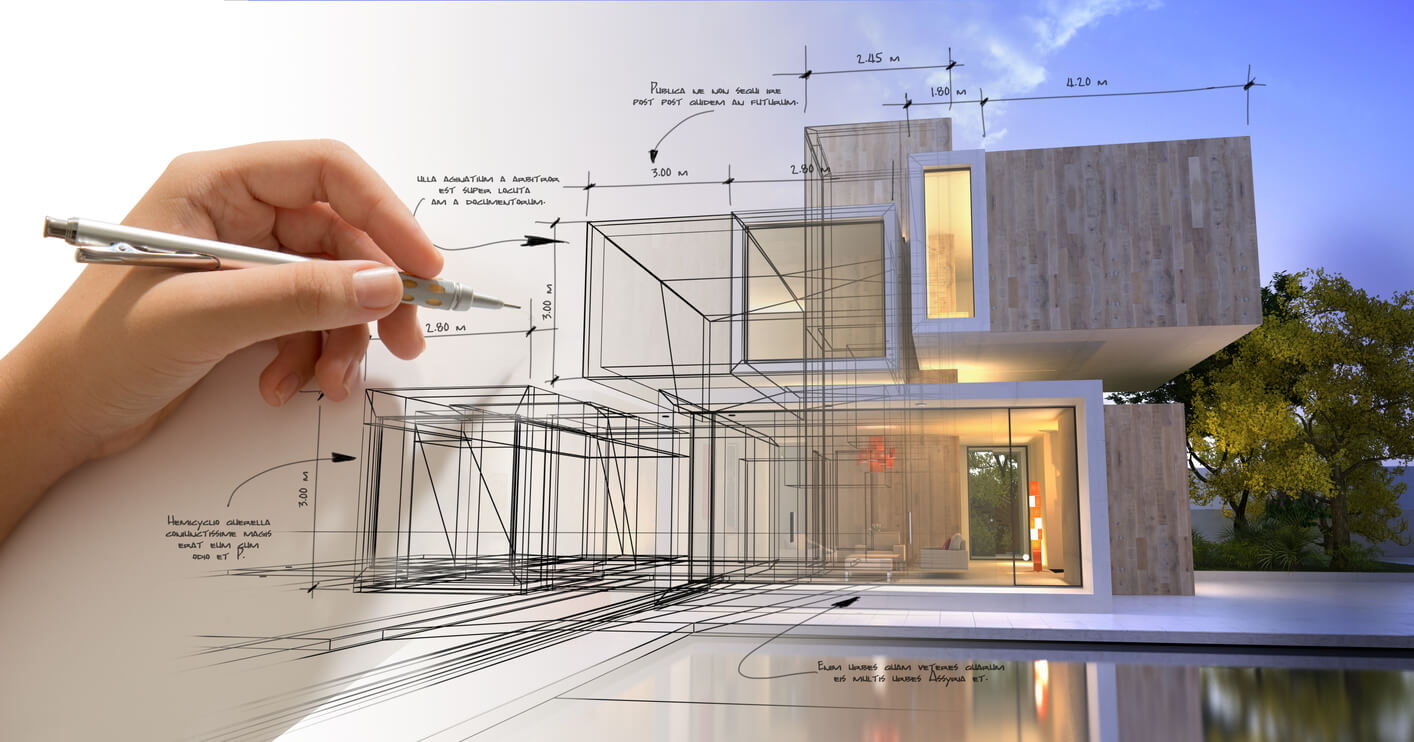Designing a home has always been a complex and time-consuming process, but with the advent of home design software, it has become much easier and more accessible. Home design software allows users to create and visualize their home designs in 3D, making it easier to experiment with different layouts, color schemes, and furniture arrangements. In recent years, there has been a surge in home design software that incorporates artificial intelligence and machine learning, making it smarter and more user-friendly.
The future of interior design lies in home design software that is intuitive, flexible, and personalized. Here are some ways in which home design software is evolving to meet the needs and preferences of homeowners but visit https://www.bestaucasinosites.com/online-pokies/ before taking a swipe.
Virtual and Augmented Reality
Virtual and augmented reality technology is being incorporated into home design software, allowing homeowners to visualize their designs in a more immersive and interactive way. With virtual reality, homeowners can experience their home designs as if they were walking through the physical space. Augmented reality, on the other hand, allows users to overlay virtual elements in the real world, making it easier to see how furniture and decor will look in the space.
Artificial Intelligence and Machine Learning
Artificial intelligence and machine learning algorithms are being used to make home design software smarter and more adaptable. These algorithms can learn from user behavior and preferences, making personalized recommendations for furniture, color schemes, and decor. They can also analyze the layout and structure of the home to suggest optimal furniture arrangements and lighting schemes.
Sustainability and Energy Efficiency
As sustainability and energy efficiency become more important to homeowners, home design software is evolving to incorporate these aspects into the design process. The software can analyze the home’s energy usage and make recommendations for efficient heating and cooling systems, lighting, and insulation. It can also suggest eco-friendly materials and products that align with the homeowner’s values.
Collaboration and Sharing
Home design software is becoming more collaborative, allowing multiple users to work on the same project simultaneously. This is particularly useful for homeowners who are working with an interior designer or architect, as they can share their designs and collaborate in real time. Additionally, home design software is making it easier for users to share their designs on social media and other online platforms, allowing them to showcase their creativity and get feedback from others.
Summary
In conclusion, home design software is evolving to meet the needs and preferences of homeowners and bettors on real money slots in usa, making it easier and more accessible than ever to design a home. With the incorporation of virtual and augmented reality, artificial intelligence and machine learning, sustainability and energy efficiency, and collaboration and sharing, the future of interior design is looking brighter and more exciting than ever before.

